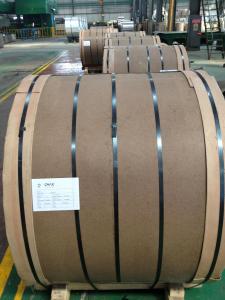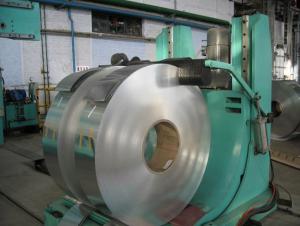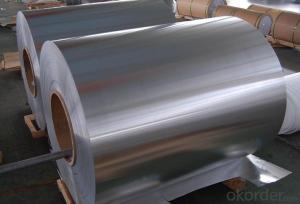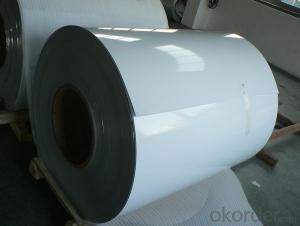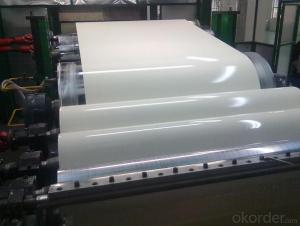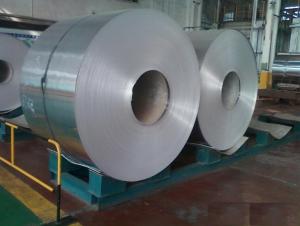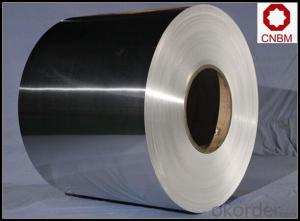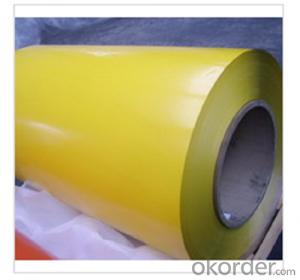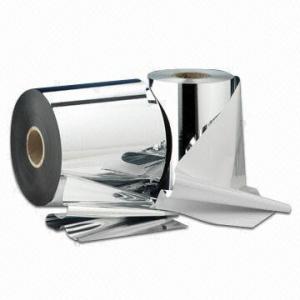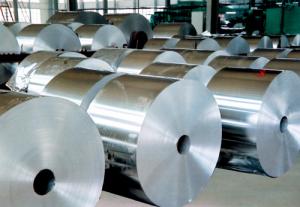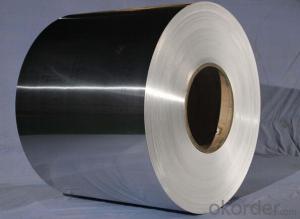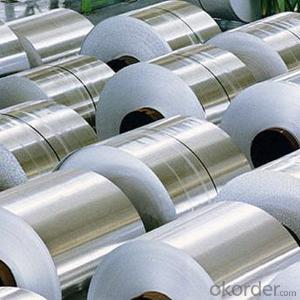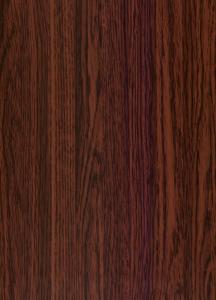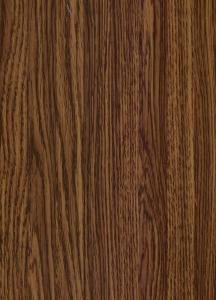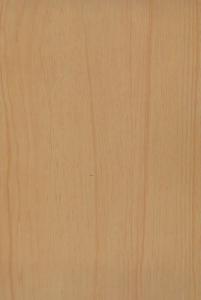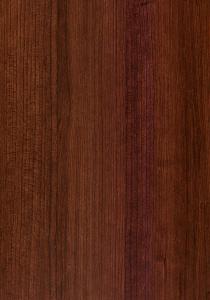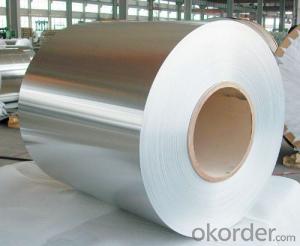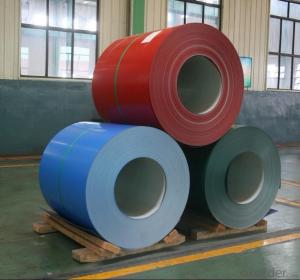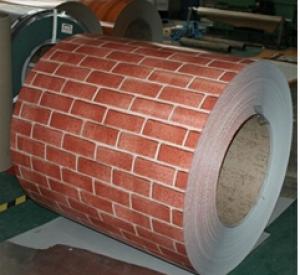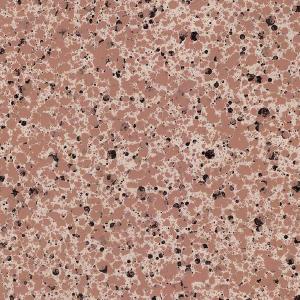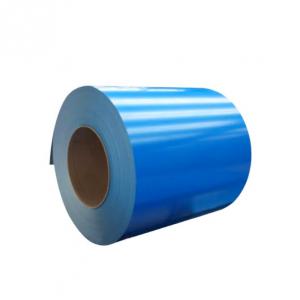Brown Aluminum Coil Stock
Brown Aluminum Coil Stock Related Searches
Black Aluminum Coil Stock White Aluminum Coil Stock Coil Aluminum Stock Wood Grain Aluminum Coil Stock Painted Aluminum Coil Stock Colored Aluminum Coil Stock Anodized Aluminum Coil Stock Alcoa Aluminum Coil Stock Brown Aluminum Trim Coil Vinyl Coated Aluminum Coil Stock Aluminum Trim Coil Stock Aluminum Siding Coil Stock Aluminum Coil Stock For Sale Aluminum Coil Stock Prices Aluminum Coil Stock Brake Pvc Coated Aluminum Coil Stock Aluminum Coil Stock Lowe's Aluminum Gutter Coil Stock Rollex Aluminum Coil Stock Aluminum Foil Stock 032 Aluminum Coil Stock 040 Aluminum Coil Stock Aluminum Machining Stock Aluminum Coil Stock White 027 Aluminum Coil Stock Coil Stock Aluminum Aluminum Mill Stock Aluminum Coil Stock Near Me Aluminum Coil Stock Holder 024 Aluminum Coil StockBrown Aluminum Coil Stock Supplier & Manufacturer from China
Brown Aluminum Coil Stock is a versatile product that is widely used in various industries. This product is known for its durability, corrosion resistance, and lightweight properties, making it a popular choice for numerous applications. The usage scenarios for Brown Aluminum Coil Stock are vast, ranging from construction and automotive to aerospace and packaging. Its adaptability allows it to be utilized in the creation of various components and structures, offering a reliable and efficient solution for numerous projects. Okorder.com is a reputable wholesale supplier of Brown Aluminum Coil Stock, boasting a large inventory that caters to the diverse needs of customers. By offering a comprehensive range of Brown Aluminum Coil Stock products, Okorder.com ensures that clients have access to the materials they require for their specific applications, all in one convenient location.Hot Products



